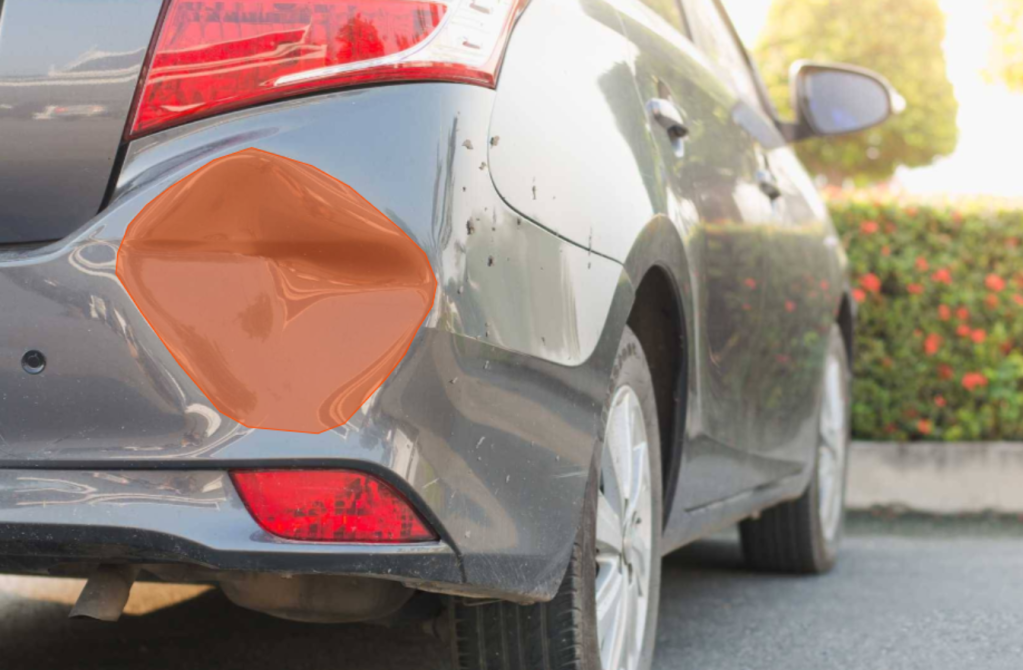Results for ""
Machine learning is already being employed across multiple industries to automate the processes that are slowed down by manual, repetitive steps. With advanced algorithms, techniques, and frameworks under the hood, AI tools can accelerate the process of recognizing damaged vehicle parts, assessing damage, making predictions about what kind of repair is needed, and estimating how much it may cost.
Computer Vision for Vehicle Damage Assessment:
Computer vision, a technology that processes visual information and interprets data, can paint a fuller and more accurate picture of an auto accident, including the conditions, scene, and repairs needed.
When imagery is available, captured through cameras onboard vehicles or via street surveillance, computer vision technology can extract, analyze, and provide insights to aid and speed up the inspection process, benefiting insurers and the insured. It can determine who is at fault based on precise measurement analysis, road and traffic conditions. So drivers who aren’t at fault can breathe a sigh of relief.
Applying computer vision to vehicle imagery can also help assess damage post-accident. Algorithms trained on volumes of estimated data and photos can determine whether a car is repairable or a total loss and list the parts damaged and to what degree, speeding up the repair process and reducing the inconvenience for insureds. Soon, this capability generates an initial estimate to expedite the claims process. Imagine how revolutionary this will be for drivers in accidents. Even before they return home or to the office, their insurer will have been alerted to the loss, approved the initial repair estimate, and booked it into the local auto repair center.
In the claims process, imagery using computer vision both before and during the accident provides tremendous visual data to analyze the weather, lighting, scene, speed, and traffic. These visuals contain many facts required to determine liability and feed into the adjudication of other issues, such as subrogation and injuries. In addition, computer vision can also help quickly decide the inspection path a vehicle should take and whether the claims process requires staff or third-party resources. Using technology to solve issues previously requiring someone else’s eyes also helps lower loss-adjusting expenses.
Data Annotation Types for Insurance Claims:
Bounding Box for Car Damage and Body Parts Detection
The bounding box image annotation technique detects burst tires for minor and severe problems, such as scratches.

Semantic Segmentation for Car Damage and Body Parts Detection
To train the machine learning-based AI model, semantic segmentation image annotation technique is used to detect the depth and more insight about the damaged area in the body parts of motor vehicles. Annotators carefully annotate this section, which not only locates the affected area but also identifies and classifies the object of interest in the images.

Vehicle Dent Detection
Cars or vehicles with dents caused by minor accidents can be detected using bounding box image annotation techniques. It is possible to identify and capture the affected area using computer vision to make it recognizable to machines.

Damage Level Detection
AI can also identify the degree or severity of damage to various car types bodies. And it is achievable if the AI model has been properly trained using annotated images to feed the computer algorithms that can learn from such detection and anticipate when employed in real-life situations.

Damaged Car Body Parts
If image annotation techniques are used correctly, we can detect damaged car body parts such as headlights, bumpers, indicators, and bonnets.

Final Thoughts
Insurers should reimagine their systems, operations, and partnerships to successfully adopt computer vision. It will involve collecting and processing vast amounts of data. Carriers must have the correct systems to capture inspection data in the form of images, videos, and annotations and the security in place to safely store, access, and share data among essential stakeholders.
By working with partners to access AI, data engineering, and other digital tools, insurers can take advantage of these new technologies as they come to market without waiting to become fully plug-and-play. They should ensure that their claims processes augment new technologies and decide who executes the outcomes.
Sources of Article
https://www.tagxdata.com/693/






